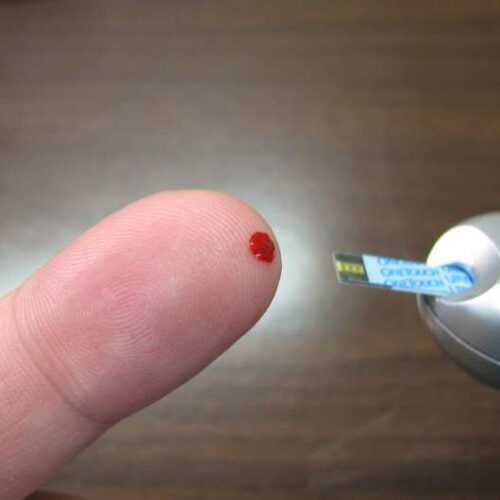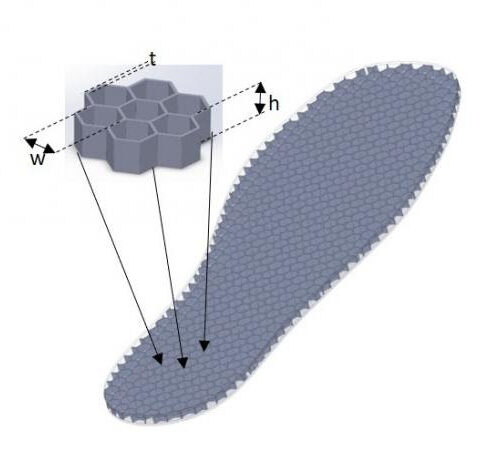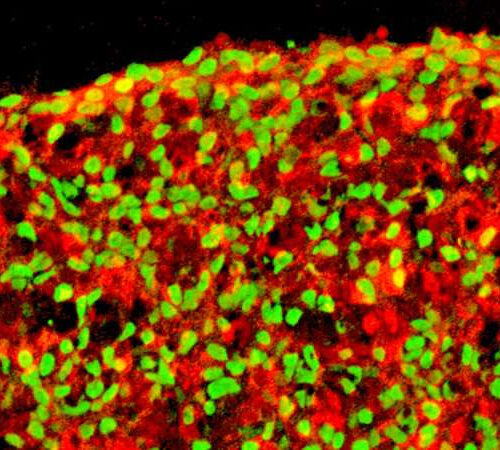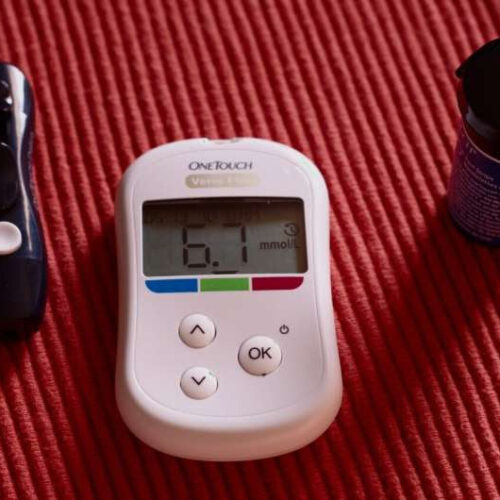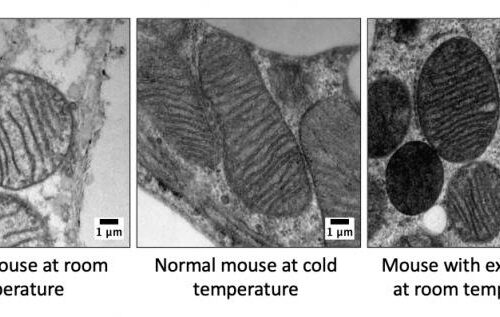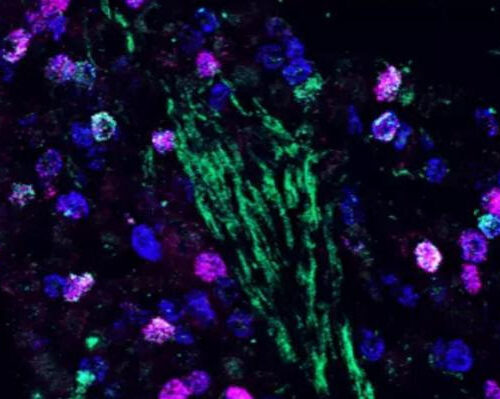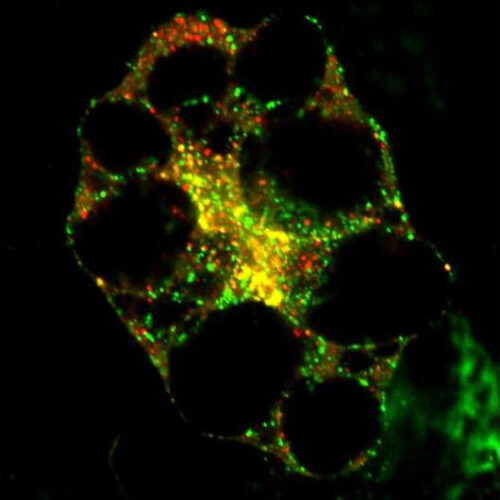by Johns Hopkins University Bloomberg School of Public Health Credit: CC0 Public Domain Blood sugar control among adults with diabetes in the United States declined significantly in the past decade, according to a nationwide study from researchers at the Johns Hopkins Bloomberg School of Public Health. The findings highlight the ongoing challenges of controlling one of...
Category: <span>Diabetes</span>
Have trouble sleeping? You’re at higher risk of dying, especially if you have diabetes
by Northwestern University Credit: Unsplash/CC0 Public Domain Having trouble falling or staying asleep may leave you feeling tired and frustrated. It also could subtract years from your life expectancy, according to a new study from Northwestern Medicine and the University of Surrey in the United Kingdom (UK). The effect was even greater for people with diabetes...
New research a ‘step change’ for diabetes patients
STAFFORDSHIRE UNIVERSITY IMAGE: LOW-COST SENSOR-INSOLES CAN BE USED TO ASSESS THE RISK OF FOOT ULCERS CREDIT: STAFFORDSHIRE UNIVERSITY Millions of people with diabetes are at risk of developing foot ulcers, which often lead to amputations and other health complications. Now, scientists from the Centre for Biomechanics and Rehabilitation Technologies (CRBT) have developed a new method...
Research advances one step closer to stem cell therapy for type 1 diabetes
by Salk Institute Functional beta cells made from human pluripotent stem cells. Insulin (red) and NKX6.1 (green) indicate two proteins produced by beta cells. Credit: Salk Institute Type 1 diabetes, which arises when the pancreas doesn’t create enough insulin to control levels of glucose in the blood, is a disease that currently has no cure...
Continuous glucose monitors help manage type 2 diabetes
by Kaiser Permanente Credit: Unsplash/CC0 Public Domain In patients with insulin-treated type 2 diabetes, the use of continuous glucose monitors is associated with better blood sugar control and fewer visits to the emergency room for hypoglycemia, a Kaiser Permanente study published June 2 in the journal JAMA found. The monitors have previously been shown to improve glucose control...
Ethnic diversity helps identify more genomic regions linked to diabetes-related traits
by University of Exeter Credit: CC0 Public Domain By including multi-ethnic participants, a large-scale genetic study has identified more regions of the genome linked to type 2 diabetes-related traits than if the research had been conducted in Europeans alone. The international MAGIC collaboration, made up of more than 400 global academics, conducted a genome-wide association meta-analysis led...
Giving brown fat a boost to fight type 2 diabetes
UT SOUTHWESTERN MEDICAL CENTER IMAGE: WITH EXTRA PLIN5, MITOCHONDRIA IN BROWN FAT CELLS BOOST THEIR CAPACITY TO BURN FAT EVEN AT ROOM TEMPERATURE. CREDIT: DRS. VIOLETA I. GALLARDO-MONTEJANO AND PERRY E. BICKEL. DALLAS – June 4, 2021 – Increasing a protein concentrated in brown fat appears to lower blood sugar, promote insulin sensitivity, and protect...
Growing evidence fruit may lower type 2 diabetes risk
EDITH COWAN UNIVERSITY IMAGE: WOMAN STANDING HOLDING A BASKET OF RED APPLES. CREDIT: EDITH COWAN UNIVERSITY Eating at least two serves of fruit daily has been linked with 36 percent lower odds of developing type 2 diabetes, a new Edith Cowan University (ECU) study has found. The study, published today in the Journal of Clinical Endocrinology...
Gut to brain: Nerve cells detect what we eat
MAX-PLANCK-GESELLSCHAFT IMAGE: FLUORESCENCE MICROSCOPY IMAGE OF GENETICALLY DISTINCT NEURONS IN THE NODOSE GANGLION. CREDIT: MAX PLANCK INSTITUTE FOR METABOLISM RESEARCH The gut and the brain communicate with each other in order to adapt satiety and blood sugar levels during food consumption. The vagus nerve is an important communicator between these two organs. Researchers from the Max...
Enhanced autophagy could help treat diabetes
by Will Doss, Northwestern University When activated, the autophagy protein Beclin 1/Becn1 (red) is localized to adiponectin vesicles (green) in fat cells to facilitate their secretion. Credit: Northwestern University Enhancing autophagy—the cellular process that breaks down and removes unneeded components—in fat tissue could help treat diabetes, according to a Northwestern Medicine study published in Cell Reports. Beclin...

